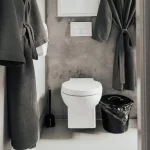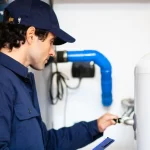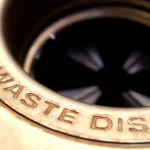Water leaks that are caused by cracked and damage drainage systems can be very costly to fix, especially if you wait until you become aware of the problem. By the time the water begins to pool on the surface of your paved driveway, for example, the crack in your pipe has become a canyon. At that point, drain repairs might well require you to dig up the entire driveway, sacrificing a chunk of your landscaping in the process.
Pushing Up the Costs
All this can push up the cost of your repair work considerably, too. Your homeowners’ insurance might pay for the repair work, but it’s unlikely to cover expenses such as the replacement of plants alongside the paving that is destroyed during excavation.
The secret is keeping your costs manageable is to detect drain problems before they reach this stage, while they can still often be repaired using trenchless technology such as pipe bursting and replacement.
Detect Problems Early
Here are 4 ways your Toronto plumber can check to see if there are leaks long before they get to the surface:
1. Camera Inspections
Drain camera inspections are one of the most reliable methods used to detect cracked and leaking drainpipes. The plumber inserts a small, flexible CCTV camera into the drainpipe through one of the clean-outs. The camera travels through the pipe filming the interior surfaces and delivers the images onto a small color screen. The inspection is saved onto a DVD or flash drive for you to retain, and the plumber is able to use the images to determine whether there are any areas requiring drain repairs.
2. Infra-Red Imaging
Infrared imaging was first used in the 1970s to identify the differences in temperature that occur when drainpipes are cracked and water leaks exist. The water is typically a different temperature from the soil surrounding the pipe, so it shows up as a different color although it’s indiscernible to the naked eye. Since the invention of digital photography, however, plumbers are able to take photographs of a section of your property and then use infra-red to identify the areas where leaks exist. They can usually also tell what size leak they are dealing with, based on the quantity of water surrounding the drainpipes.
3. Ground Sonar
Ground-penetrating radar, or sonar, makes use of electromagnetic pulses to create an image of the earth below ground level. Used in many countries to map the pipes and utility lines beneath city streets, it produces data on the location of water as a map or a 3D image. This enables the plumber to determine the location and severity of the damage and plan drain repairs such as drain lining accordingly.
4. Acoustic Detection
It’s not just heat and radiation that can be used to detect damaged drainpipes but sound as well. Plumbers can now use acoustic devices to detect the sound of water escaping through cracks and holes in pipes. To get this right, you need a baseline fingerprint taken before any pipe damage occurs. Alternatively, your plumber can use a ground geo-phone that picks up the sound when it’s held in the proximity of the leak.
Don’t wait until you have a massive bill for drain repairs. By taking early action to pre-empt any problems you can drastically reduce the cost of your plumbing work.






